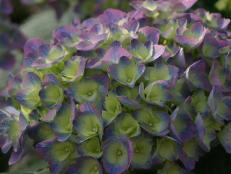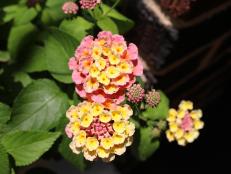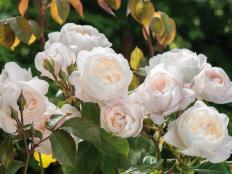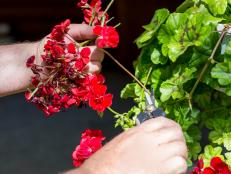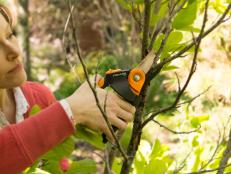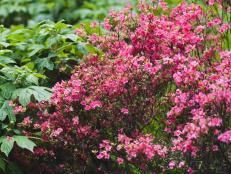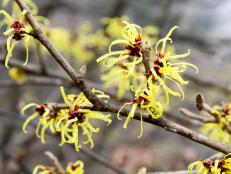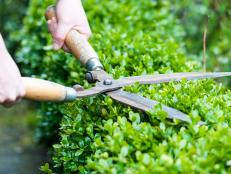Turn Your Shrubs into Trees
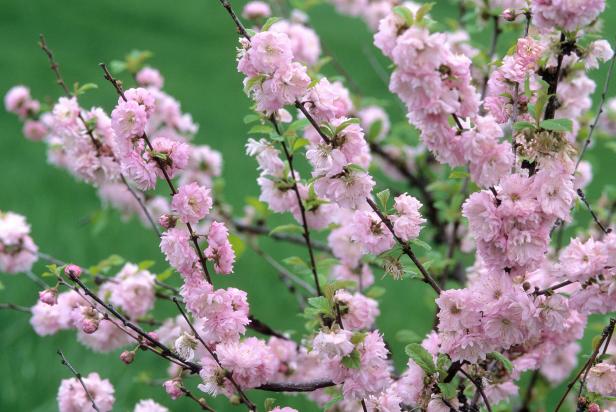
Image courtesy of Bailey Nurseries, Inc.
Need a small tree to give your garden a focal point? Choose a shrub instead—and use simple pruning techniques to transform it from bush to beautiful tree. When you prune a shrub into a small tree, you create a one-of-a-kind plant that lends an elegant beauty to your garden. You don’t have to be handy with pruners or even a plant expert to succeed with this technique.
The best shrubs you can turn into trees are ones that don’t typically send up lots of shoots (suckers) from the roots. This group includes many different shrubs, from flowering beauties to shrubs with fall color. Flowering shrubs you can turn into trees include lilac, panicle hydrangea (Hydrangea paniculata), flowering quince and spring blooming star magnolia (Magnolia stellata).
Many berried shrubs make beautiful small trees and add winter interest to the garden. This group includes pyracantha, Siebold viburnum (Viburnum sieboldii) and sea buckthorn (Hippophae rhamnoides). Cotoneaster is also a great shrub to turn into a small tree. For best results, choose upright varieties, such as Peking cotoneaster (Cotoneaster ludicus) or Cotoneaster divaricatus.
The most difficult shrubs to turn into trees are ones that produce suckers. Left to their own devices, these suckers tend to form small thickets. Thicket-forming shrubs include red twig dogwood, elderberry and chokecherry. It’s not impossible to train these shrubs into small trees; it just might take a little more effort.
You might opt to prune suckering shrubs into multi-stemmed trees, where you select several upright stems to serve as trunks. In warmer regions, try bottlebrush poinciana or pineapple guava for a stunning multi-stemmed small tree. In zones with cold winters, consider witch hazel, serviceberry or mock orange.
When choosing shrubs to turn into trees, smaller plants are easier to train. Turning shrubs into trees isn’t an instant gratification aspect of gardening. The process takes several years. If you want to train your shrub into a small tree with a single trunk, start with a plant roughly one year old. Container size may be from one to two gallons. More mature shrubs yield better results when trained as a multi-trunked tree.
Before planting, choose the most upright stem to become the trunk of the tree. After planting, remove branches on the bottom third of the shrub. Insert a strong stake, like a tree stake or rebar section, beside the main stem. Insert one stake for each stem on a multi-trunk tree. Tie the stem to the support. As the shrub grows, rub out or clip any small sprouts that appear along the trunk.
Every spring, remove lower branches so that the trunk accounts for one-third of the overall tree height. Continue this process each spring until the tree reaches the height you desire. After that, thin the canopy to three to five main branches, pruning those back by 3 to 5 inches to encourage branching. To maintain your shrub-tree, thin the canopy as needed and remove any branches that appear along the trunk.







